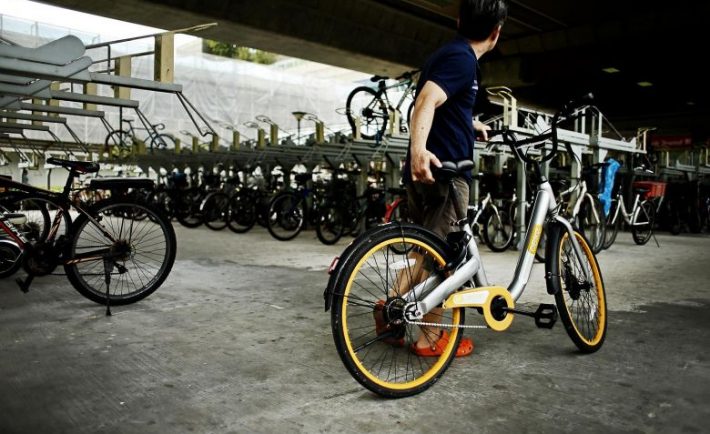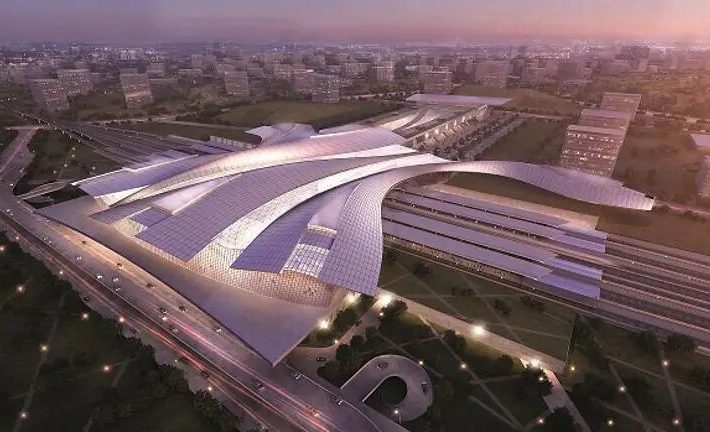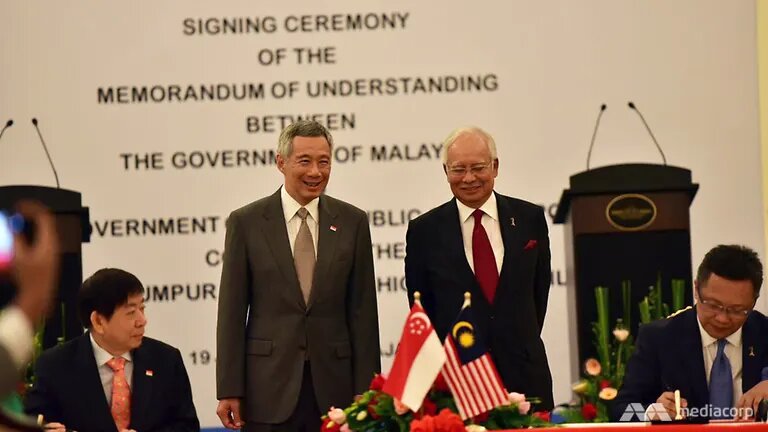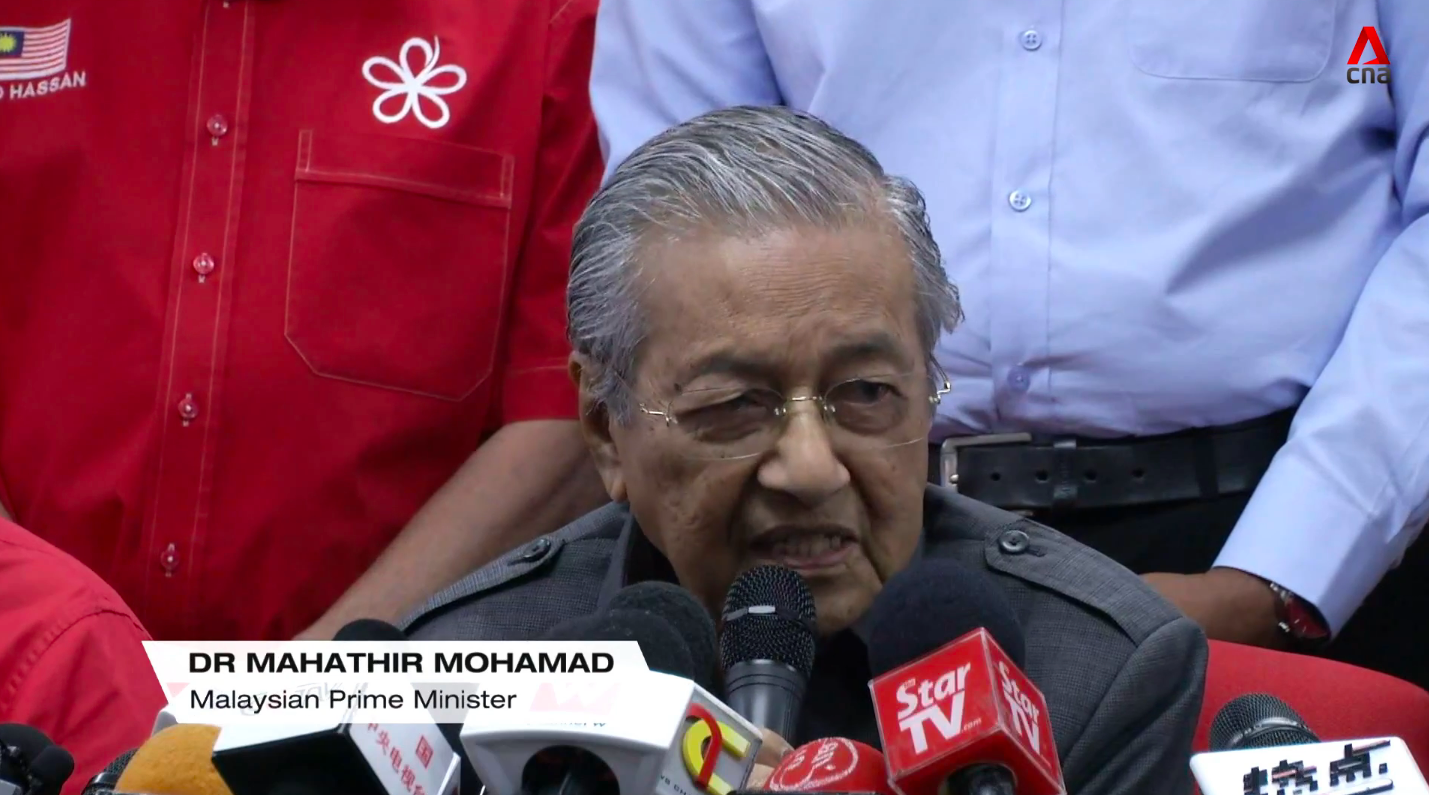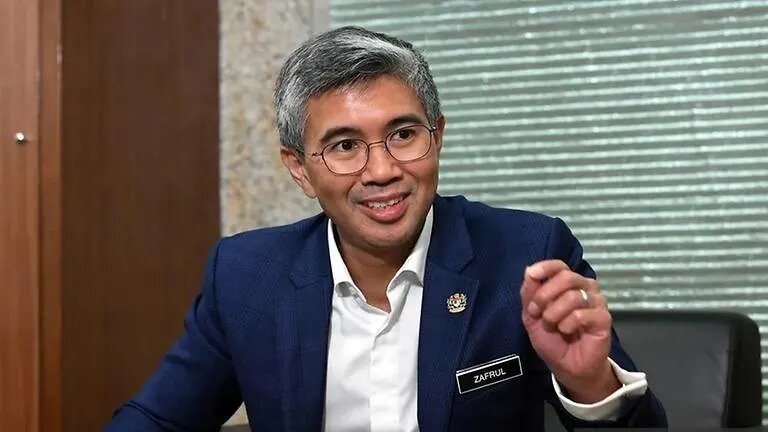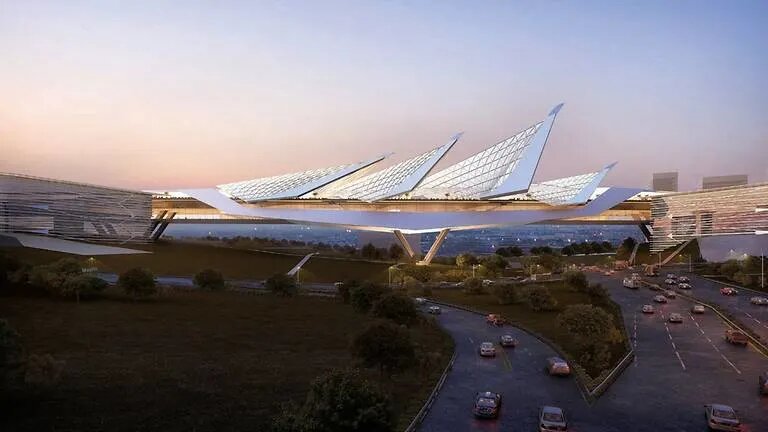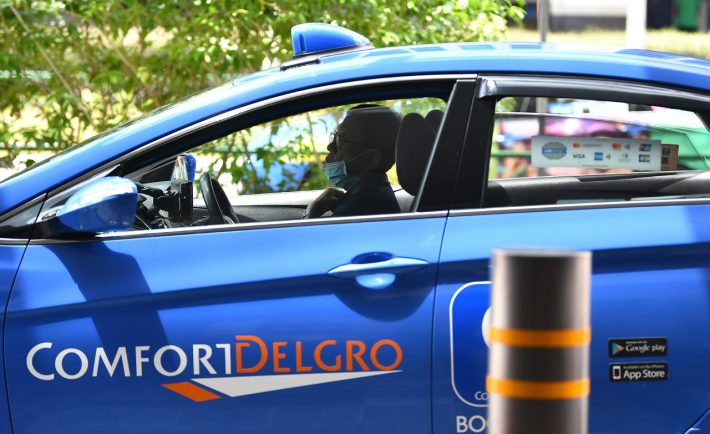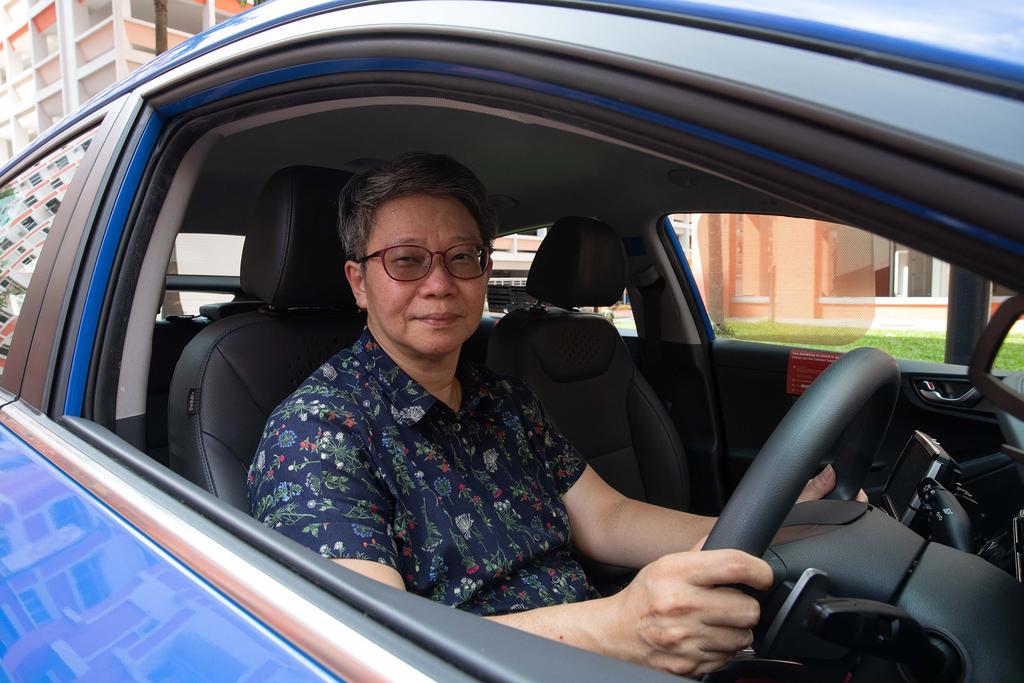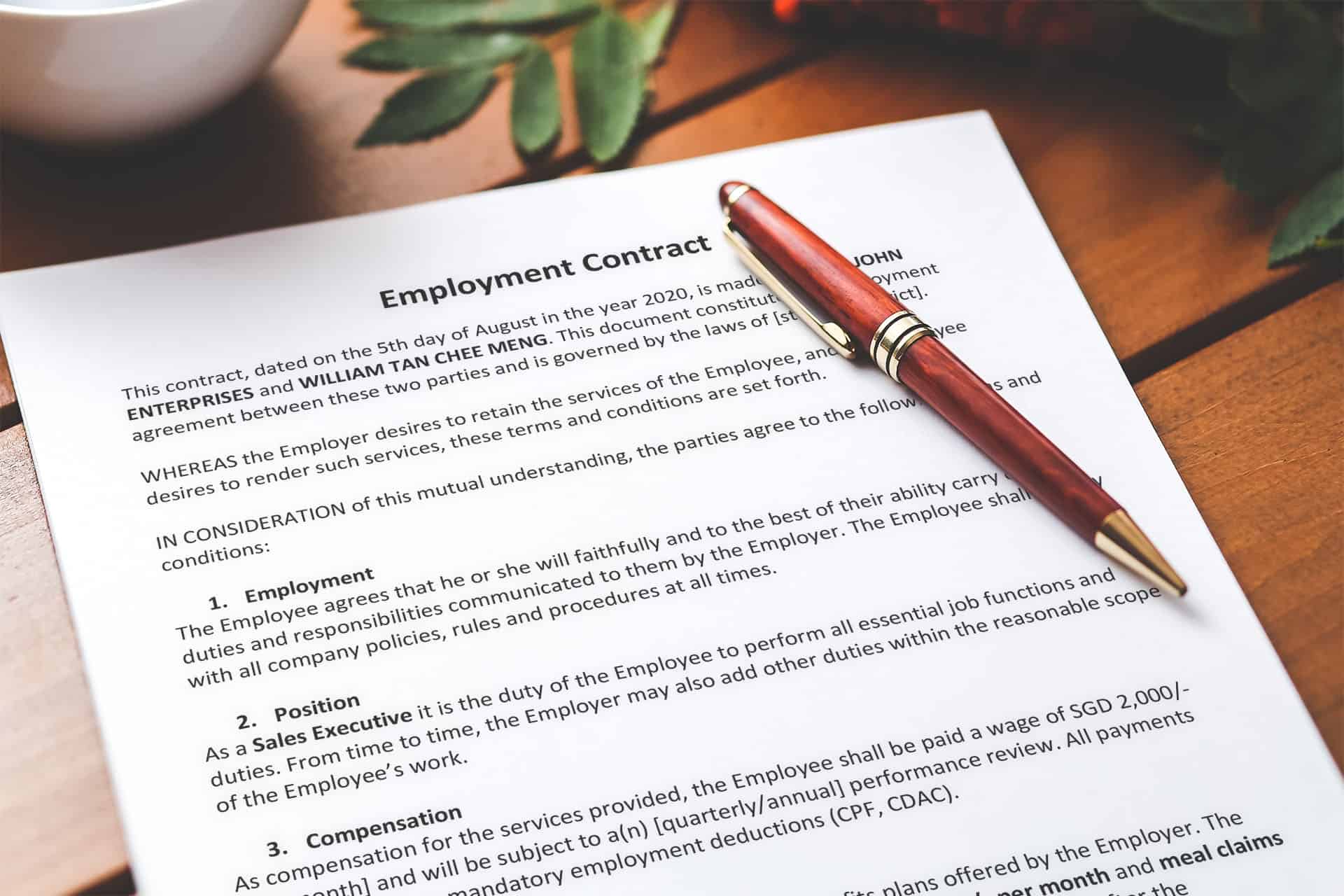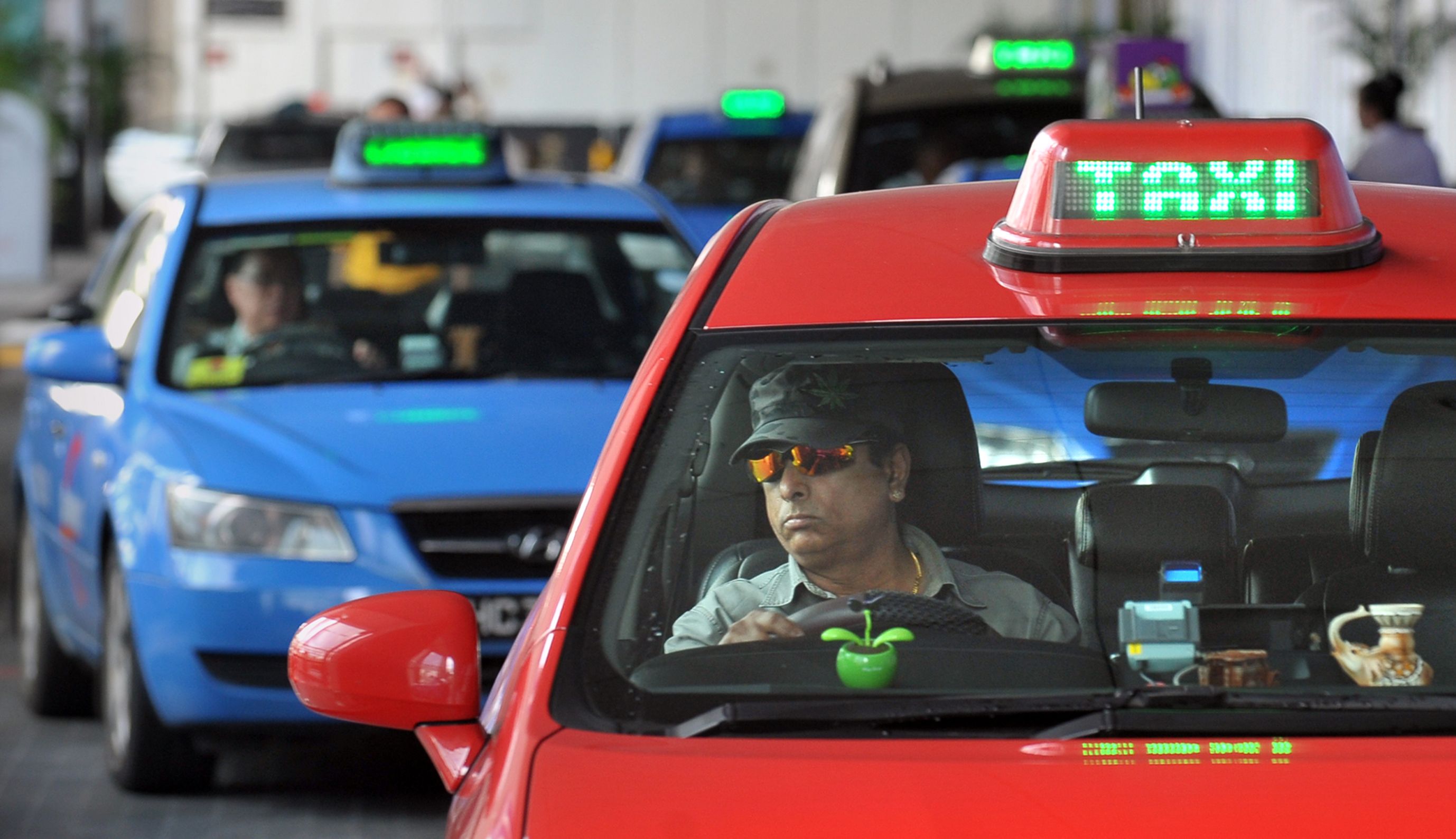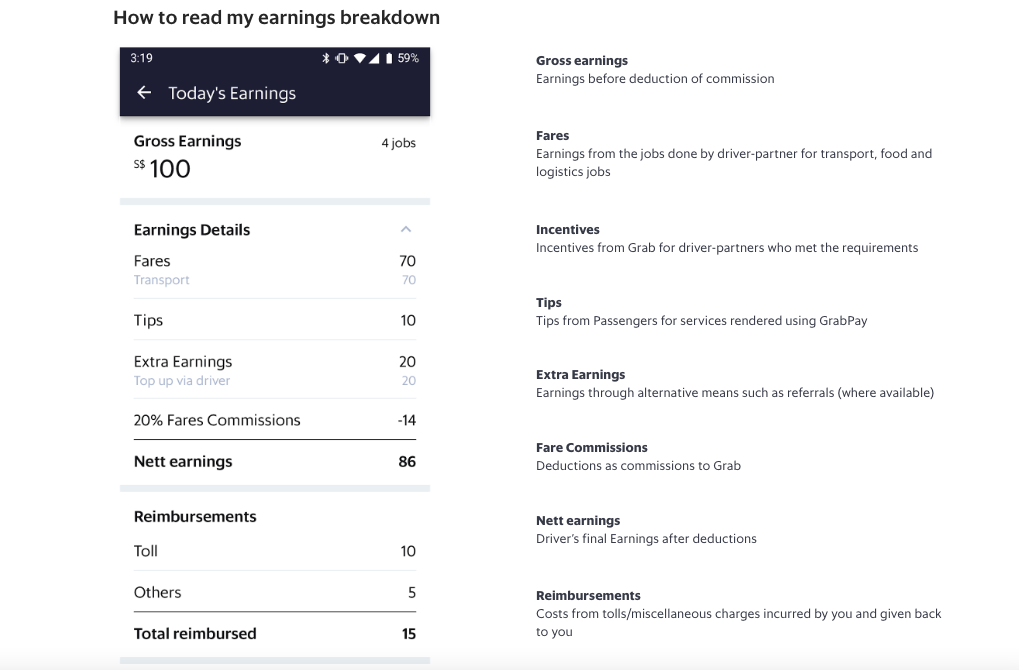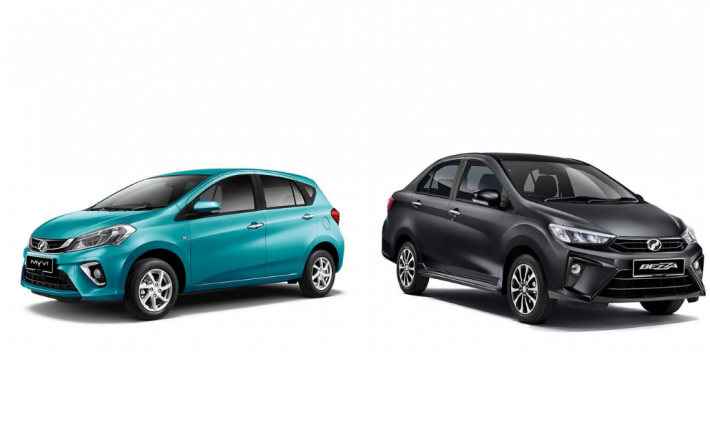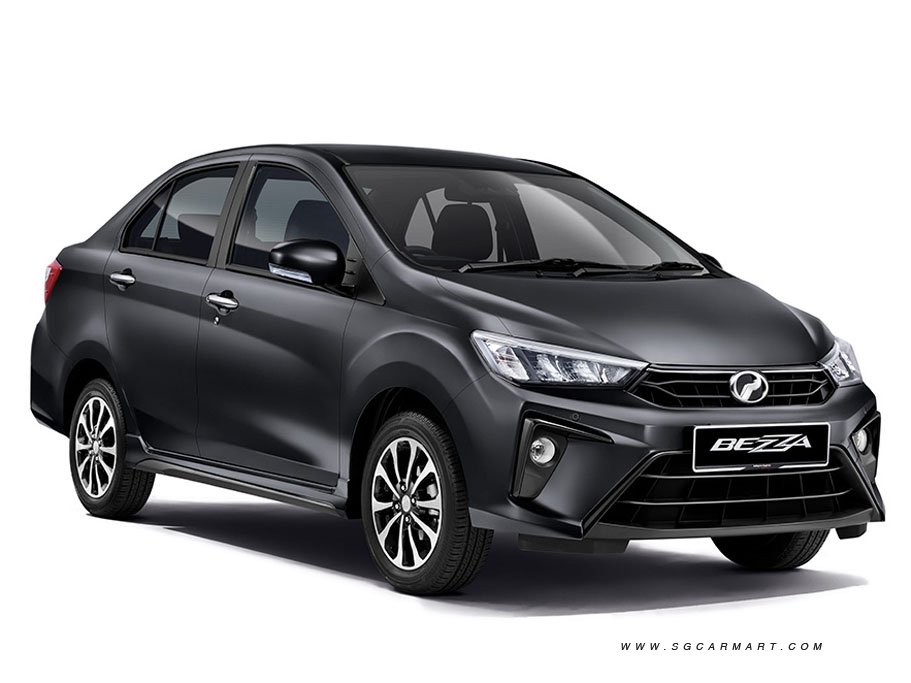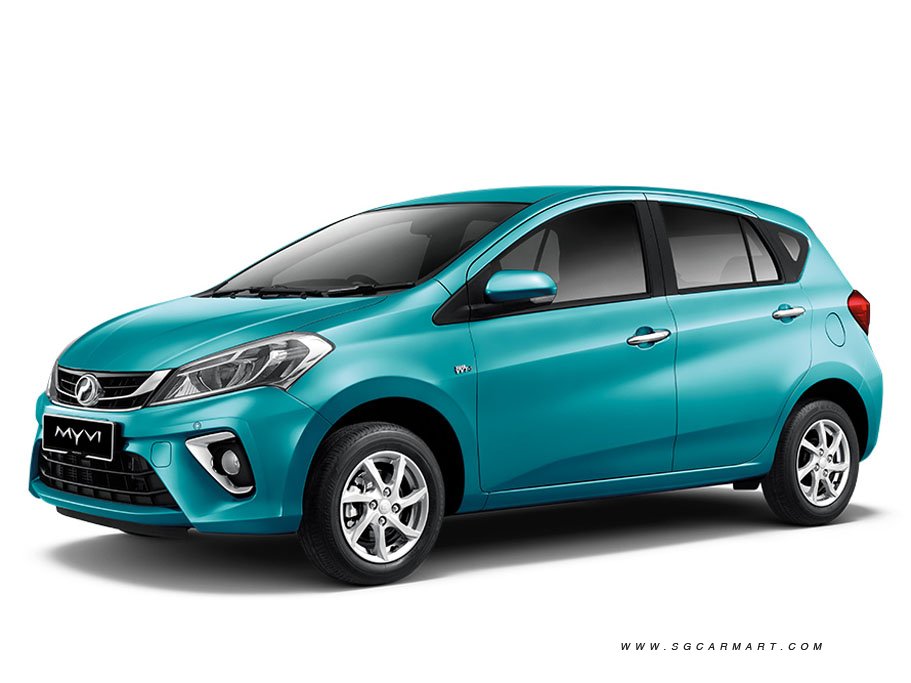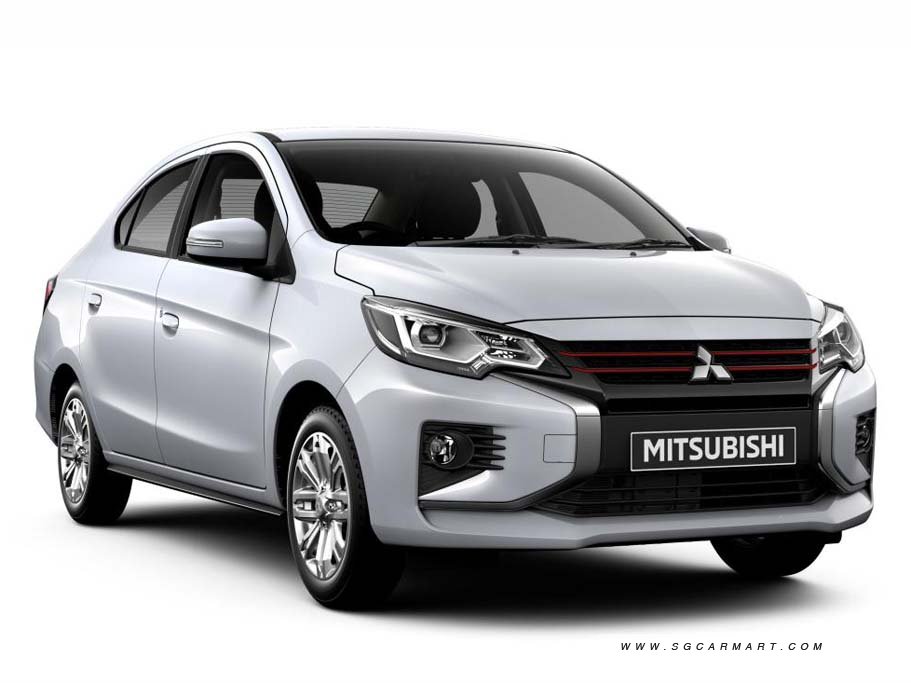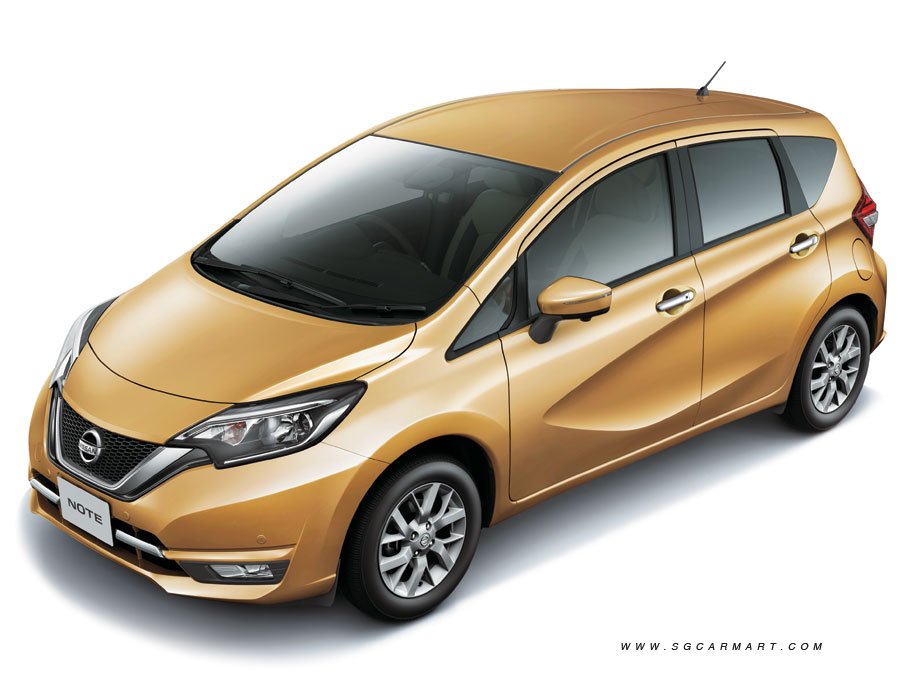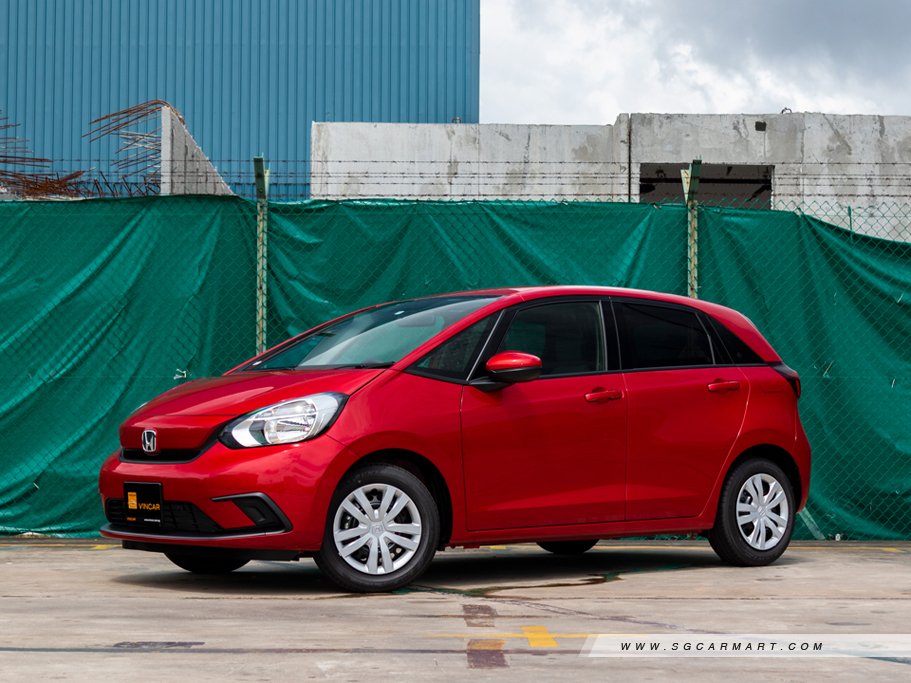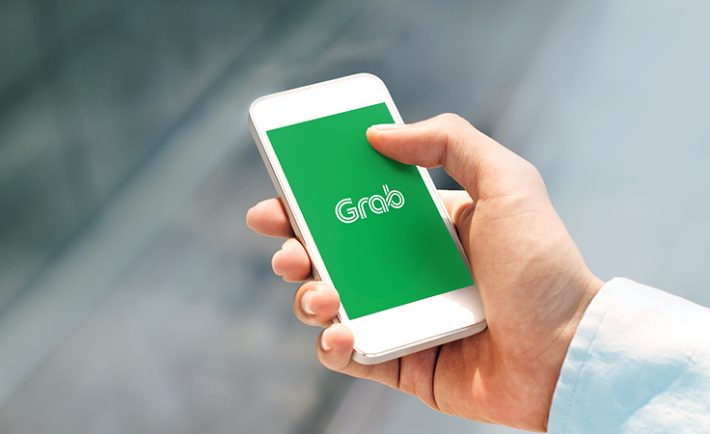On Thursday (January 14), Wong Swee Liang, 58, was convicted of attempting to bribe a Land Transport Authority (LTA) enforcement officer with S$100 to prevent him from confiscating a shared bicycle.
He claimed one charge of corruption, saying that he initially considered the officers as salvage contractors and only wanted to purchase the oBike from them. At the offence, the bike was his transportation medium for his daily commute.
oBike had abruptly exited Singapore last year
Only a few months back, oBike suddenly left Singapore and went into liquidation. The company claimed that it was challenging to follow new regulations under a licensing system to counter indiscriminate parking.
The black bicycle had been sold to Wong by his colleague, and he assumed it belonged to the bicycle-sharing operator oBike, although their bikes were usually yellow.
District Judge Salina Ishak rejected Wong’s defence
The judge found that the officers presented reliable and persuasive testimony of what happened on Dec 21, 2018. She also concluded that the S$100 wholly fulfilled the legal meaning of gratification to persuade the officer to comply.
On that day, two LTA compliance officers were in the area of 51 Ubi Avenue 1 to pick up discarded oBike vehicles.
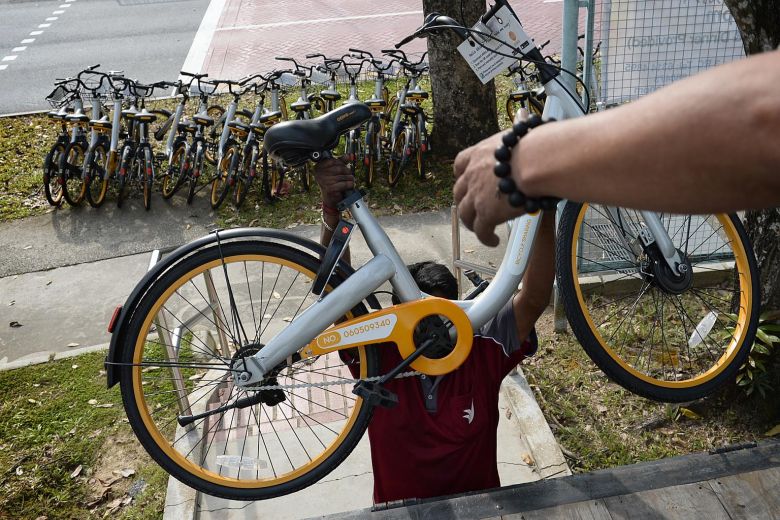
Image Credits: The Straits Times
Mr Norris Ang, sporting a lanyard with his LTA identification card, introduced himself to Wong. As they were dressed in plain clothing, this was part of the LTA practice.
Mr Ang confessed that he was first given S$50 by Wong. Wong stated that it was a shame that the bicycle would be sent to a junkyard. Though Mr Ang refused it, Wong attempted to give S$50 again.
He continued digging into his wallet and offering S$100 even when Mr Ang told him not to do so because it was a form of bribery. He was also quoted saying: “The bicycle is very good to ride and I give you S$100 and nobody will know.”
LTA officer’s colleague stood by his testimony
Mr Ang’s colleague substantiated this. He took a snapshot of Wong looking through his wallet. He then sent it to a WhatsApp group consisting of them and their superiors. The text read: “This guy is trying to bribe me and Norris.”

Image Credits: archive.siasat.com
Attorneys referred his claims to the Corrupt Practices Investigation Bureau (CPIB) to tackle Wong’s appeal, where he conceded to bribing Mr Ang. They added that Wong had vetted the statements, signed them 25 times and grasped its meaning.
Even after which, during the trial, Wong questioned their validity. He dismissed the sections in which it confirmed that he knew that the officers were from the LTA. Wong also disagreed that he was planning to bribe one of them.
He also said that he had felt nervous and wanted to exit from the CPIB immediately. But the officers who received his statements reported contrary.
Directly opposed to his trial testimony, Wong asserted in his statements that after the LTA officers told him to verify with LTA if he had concerns about the confiscated bicycle, he knew they were government officials. He also confessed that he made a mistake by bribing and apologised.
On Jan 29, Wong will stand trial for mitigation and sentencing. He may be jailed for up to 5 years or fined up to S$100,000 for providing gratification. Or he could receive both charges.

